HISTORICAL DICTIONARIES OF PEOPLES AND CULTURES
Jon Woronoff, Series Editor
1. The Kurds, by Michael M. Gunter, 2004.
2. The Inuit, by Pamela R. Stern, 2004.
3. The Druzes, by Samy Swayd, 2006.
4. Southeast Asian Massif, by Jean Michaud, 2006.
5. Berbers (Imazighen), by Hsain Ilahiane, 2006.
6. Tamils, by Vijaya Ramaswamy, 2007.
Historical Dictionary
of the Tamils
Vijaya Ramaswamy
Historical Dictionaries of Peoples and
Cultures, No. 6

SCARECROW PRESS, INC.
Published in the United States of America
by Scarecrow Press, Inc.
A wholly owned subsidiary of
The Rowman & Littlefield Publishing Group, Inc.
4501 Forbes Boulevard, Suite 200, Lanham, Maryland 20706
www.scarecrowpress.com
Estover Road
Plymouth PL6 7PY
United Kingdom
Copyright 2007 by Vijaya Ramaswamy
All rights reserved. No part of this publication may be reproduced, stored in a retrieval system, or transmitted in any form or by any means, electronic, mechanical, photocopying, recording, or otherwise, without the prior permission of the publisher.
British Library Cataloguing in Publication Information Available
Library of Congress Cataloging-in-Publication Data
Vijaya Ramaswamy.
Historical dictionary of the Tamils / Vijaya Ramaswamy.
p. cm.(Historical dictionaries of peoples and cultures ; no. 6)
Includes bibliographical references.
ISBN-13: 978-0-8108-5379-9 (hardcover : alk. paper)
ISBN-10: 0-8108-5379-5 (hardcover : alk. paper)
1. Tamil (Indic people)HistoryDictionaries. I. Title.
DS432.T3V53 2007
909'.0494811003dc22
2006032034
 The paper used in this publication meets the minimum requirements of American National Standard for Information SciencesPermanence of Paper for Printed Library Materials, ANSI/NISO Z39.48-1992.
The paper used in this publication meets the minimum requirements of American National Standard for Information SciencesPermanence of Paper for Printed Library Materials, ANSI/NISO Z39.48-1992.
Manufactured in the United States of America.
For my guru, Sri Bharati Theertha Swamigal
And also for:
Amma, who at 82 still proofreads
my manuscripts and hones them
Krish for coming into my life
as husband, friend, and helpmate
My baby, Vijay Krishna Ram,
the sweetest Tamil I know
Contents
JonWoronoff

Cattle fair at Devanur, 20 kilometers from Tiruvannamalai.
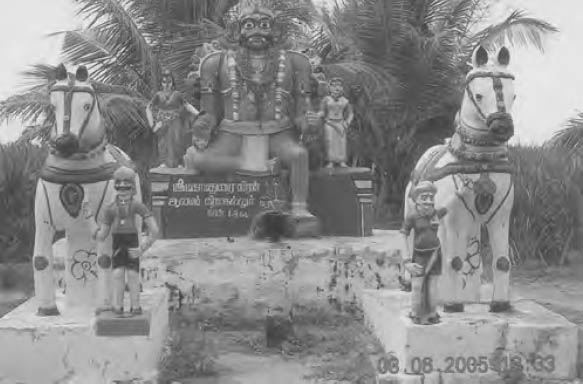
Madurai Veeranfolk deity at Tiruvannamalai outskirts.

Traditional folk dance: Karaga Attamdancing with pots.
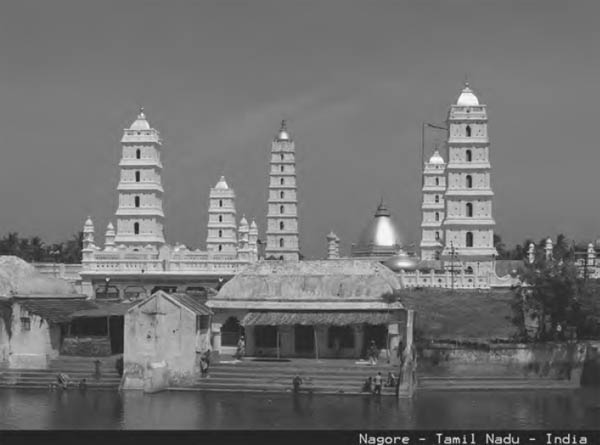
Nagore Dargah, A Muslim pilgrimage center housing the tomb of the Sufi saint Hazrat Saiyed Shahul Hameedi Qadir Gunjasavoy, 14th century, who protected ships and sailors on the seas.

The Thousand Pillared hall at the Rameswaram Shiva templea unique architectural creation.
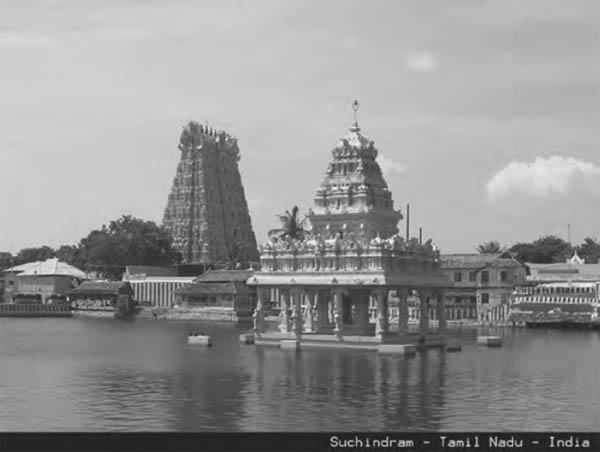
Suchindram Temple of Sthanunathar (Shiva) around ten kilometers from Kanyakumari, the southern tip of India.

Hindus take a holy dip in the Bay of Bengal at Tiruchendur.

Velankanni Church of Mother Mary visited by Christians and non-Christians alike.

MGR and Jayalalitha in the film Mugarasi, produced by Chinappa Devar in 1966. Both the actors went on to become chief ministers of Tamil Nadu.
Editors Foreword
The Tamils, like most other peoples in this series, do not occupy a specific country of their own, although they do inhabit one of the larger states in India, Tamil Nadu. This state, however, also includes persons who would not regard themselves particularly as Tamil, while many who do live in other parts of India or, indeed, abroad in a huge diaspora spread about Asia and also much farther afield, regard themselves as Tamil to one extent or another. Depending on the definitionand none is really adequatethere may be 70 or 80 million Tamils, since the feeling of being Tamil is more cultural than political to date, and, unlike many other peoples, they do not share the same religion. Thus, the Tamil language looms large in defining them, and music, art, and literature are other precious links. They also share a distinct history, reaching back some 2,000 years, much further than most peoples can trace their ancestors.
This explains the thrust of the Historical Dictionary of the Tamils. Obviously, it must deal with Tamil history, which is long and intricate, with many significant events. This is done first, and most cogently, in a comprehensive chronology of events. The introduction then defines the Tamil country without constraining it and shows how the people were shaped by their history and how they fashioned it and turned it into something unique. The dictionary section goes into further detail on the various religions that exist within the collective Tamil community and on their exceedingly rich culture, with ample discussions on not only music, art, and literature but alsoand perhaps foremostTamil cinema, which oddly enough plays into Tamil politics. Naturally, many of these entries describe important figures of earlier and current periods as well as the organizations, cultural circles, and political parties that they founded. The bibliography directs the interested reader or researcher toward further reading.
This latest addition to the Peoples and Cultures series was written by Vijaya Ramaswamy, a professor at the Centre for Historical Studies in the School of Social Sciences, Jawaharlal Nehru University, New Delhi. She is a specialist in the socioeconomic history of Ancient and Medieval India with a particular interest in Sanskrit, womens studies, and the Tamils. She has written extensively in all of these fields, including work on South Indian folklore and religion. At present, she is preparing two books, one on South Indian crafts and craftsmen and the other on Tamil myths and legends. So this present volume on the Tamil people ties in very closely with her research and writing, past and present, as well as with her own personal interests. That she is very well versed in Tamil history, culture and religion will be obvious from reading a reference work that, far from being dull or dry as many are, conveys a flavor and feel for this vibrant community which seems to be faring quite well even without a country of its own.
Next page

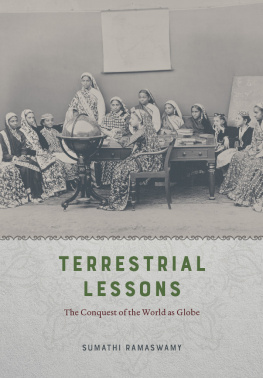

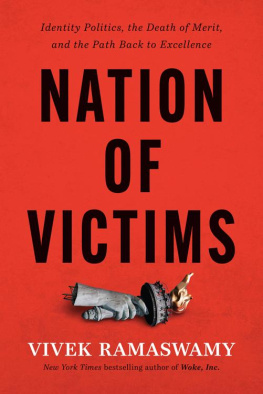


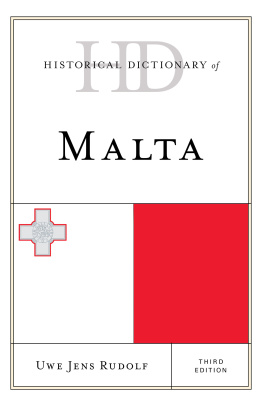
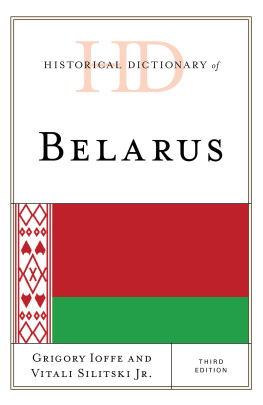
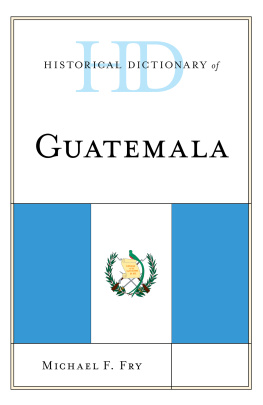
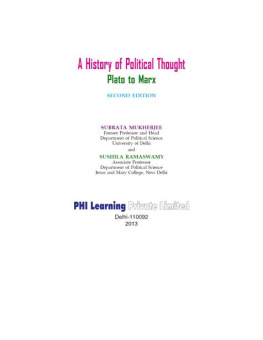
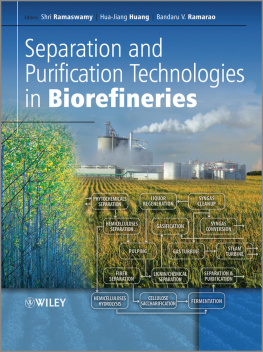
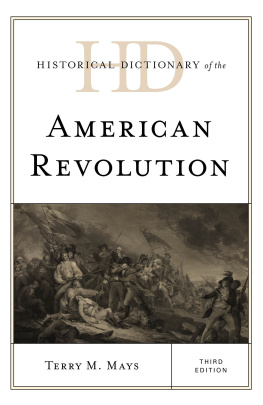
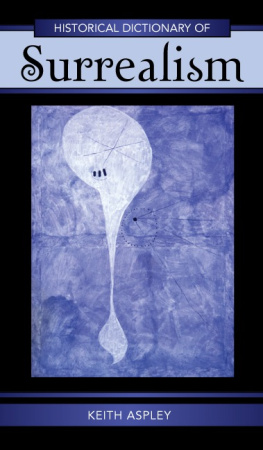
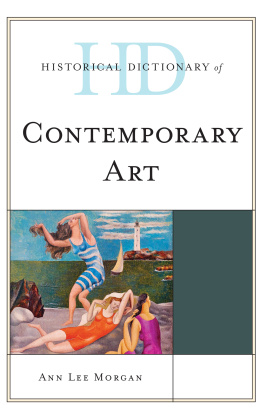

 The paper used in this publication meets the minimum requirements of American National Standard for Information SciencesPermanence of Paper for Printed Library Materials, ANSI/NISO Z39.48-1992.
The paper used in this publication meets the minimum requirements of American National Standard for Information SciencesPermanence of Paper for Printed Library Materials, ANSI/NISO Z39.48-1992.







